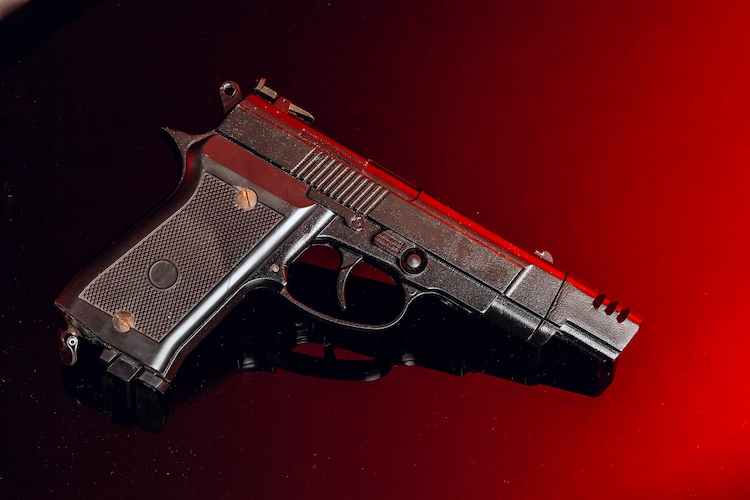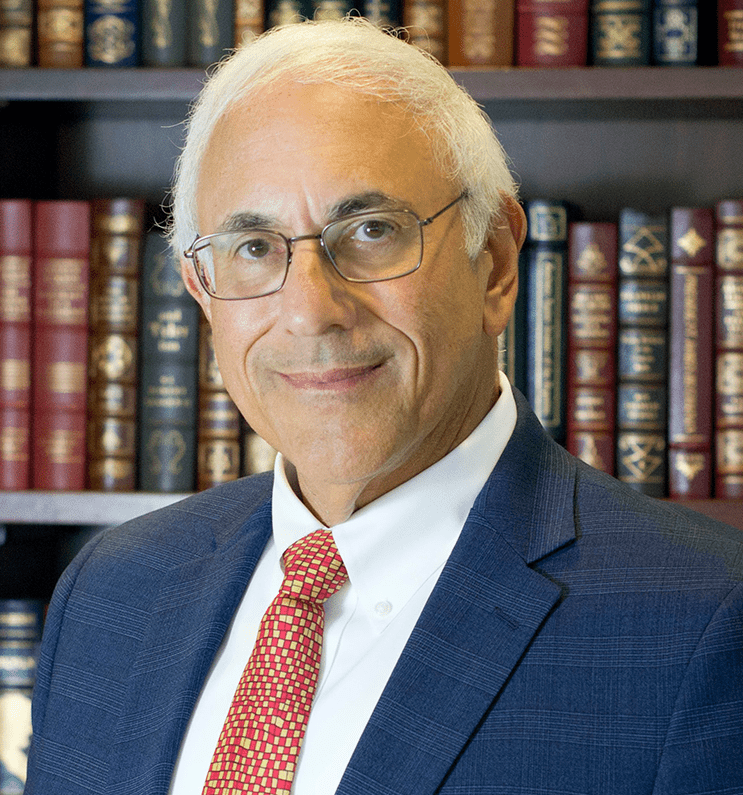Supreme Court Pauses Order Reinstating CPSC Commissioners

In Trump v. Boyle, 606 U.S. ____ (2025), the U.S. Supreme Court granted the Trump Administration’s emergency request to pause a lower court order that required the reinstatement of three members of the Consumer Product Safety Commission. Echoing its previous decision in Trump v. Wilcox, the majority determined that the Government faced greater risk of harm from an order allowing a removed officer to continue exercising the executive power than a wrongfully removed officer faced from being unable to perform her statutory duty.
Facts of the Case
Under the Consumer Product Safety Act, the CPSC is comprised of five Commissioners who are nominated by the President and confirmed by the Senate to serve staggered, seven-year terms. To ensure the CPSC’s independence, the Act provides that Commissioners can be removed by the President prior to the end of their terms only “for neglect of duty or malfeasance in office but for no other cause.”
Shortly after taking office, President Donald Trump fired three CPSC commissioners – Mary Boyle, Alexander Hoehn-Saric, and Richard Trumka. They subsequently filed suit, alleging that their terminations violated the Act and exceeded the President’s constitutional and statutory authority.
The district court agreed that the terminations were unlawful and ordered that the commissioners be reinstated. The court determined that the CPSC qualifies for the exception to the removal power pursuant to Humphrey’s Executor v. United States, 295 U.S. 602 (1935), because it is a “traditional multimember body with quasi-judicial or quasi-legislative functions.” The Fourth Circuit Court of Appeals refused to stay the order.
Supreme Court’s Decision
The Supreme Court granted the Trump Administration’s request to stay the reinstatement order while the litigation continues in the lower court.
According to the majority, the application is squarely controlled by Trump v. Wilcox, 605 U.S. ___ (2025), in which the Court stayed injunctions ordering the reinstatement of members of the National Labor Relations Board (NLRB) and Merit Systems Protection Board (MSPB), citing the government’s likelihood of success on the merits and “the disruptive effect of the repeated removal and reinstatement of officers” during the pendency of this litigation. “Although our interim orders are not conclusive as to the merits, they inform how a court should exercise its equitable discretion in like cases,” the Court wrote. It added:
The stay we issued in Wilcox reflected “our judgment that the Government faces greater risk of harm from an order allowing a removed officer to continue exercising the executive power than a wrongfully removed officer faces from being unable to perform her statutory duty.” The same is true on the facts presented here, where the Consumer Product Safety Commission exercises executive power in a similar manner as the National Labor Relations Board, and the case does not otherwise differ from Wilcox in any pertinent respect.
While Justice Brett Kavanaugh joined the majority the decision, he wrote a concurring opinion stating that he would have granted certiorari in the case or inWilcoxwithout waiting for the court of appeals to rule. “When an emergency application turns on whether this Court will narrow or overrule a precedent,” he wrote, “and there is at least a fair prospect (not certainty, but at least some reasonable prospect) that we will do so, the better practice often may be to both grant a stay and grant certiorari before judgment.”
Dissent
Justice Elena Kagan authored a dissent, which was joined by Justices Sonia Sotomayor and Ketanji Brown Jackson. “By allowing the President to remove Commissioners for no reason other than their party affiliation,” Justice Kagan wrote, “the majority has negated Congress’s choice of agency bipartisanship and independence.”
Previous Articles
Justices Skeptical of Trump Administration Tariffs
by DONALD SCARINCI on December 18, 2025
The U.S. Supreme Court heard oral arguments in Learning Resources, Inc. v. Trump (consolidated with...
SCOTUS Takes Up Key Election Case Involving Mail-In Ballots
by DONALD SCARINCI on December 17, 2025
The U.S. Supreme Court recently granted certiorari in a key election case, Watson v. Republican Nat...
SCOTUS Adds Second Amendment Case to Docket
by DONALD SCARINCI on November 27, 2025
The U.S. Supreme Court will consider another important Second Amendment case this term. The latest ...
The Amendments
-
Amendment1
- Establishment ClauseFree Exercise Clause
- Freedom of Speech
- Freedoms of Press
- Freedom of Assembly, and Petitition
-
Amendment2
- The Right to Bear Arms
-
Amendment4
- Unreasonable Searches and Seizures
-
Amendment5
- Due Process
- Eminent Domain
- Rights of Criminal Defendants
Preamble to the Bill of Rights
Congress of the United States begun and held at the City of New-York, on Wednesday the fourth of March, one thousand seven hundred and eighty nine.
THE Conventions of a number of the States, having at the time of their adopting the Constitution, expressed a desire, in order to prevent misconstruction or abuse of its powers, that further declaratory and restrictive clauses should be added: And as extending the ground of public confidence in the Government, will best ensure the beneficent ends of its institution.





